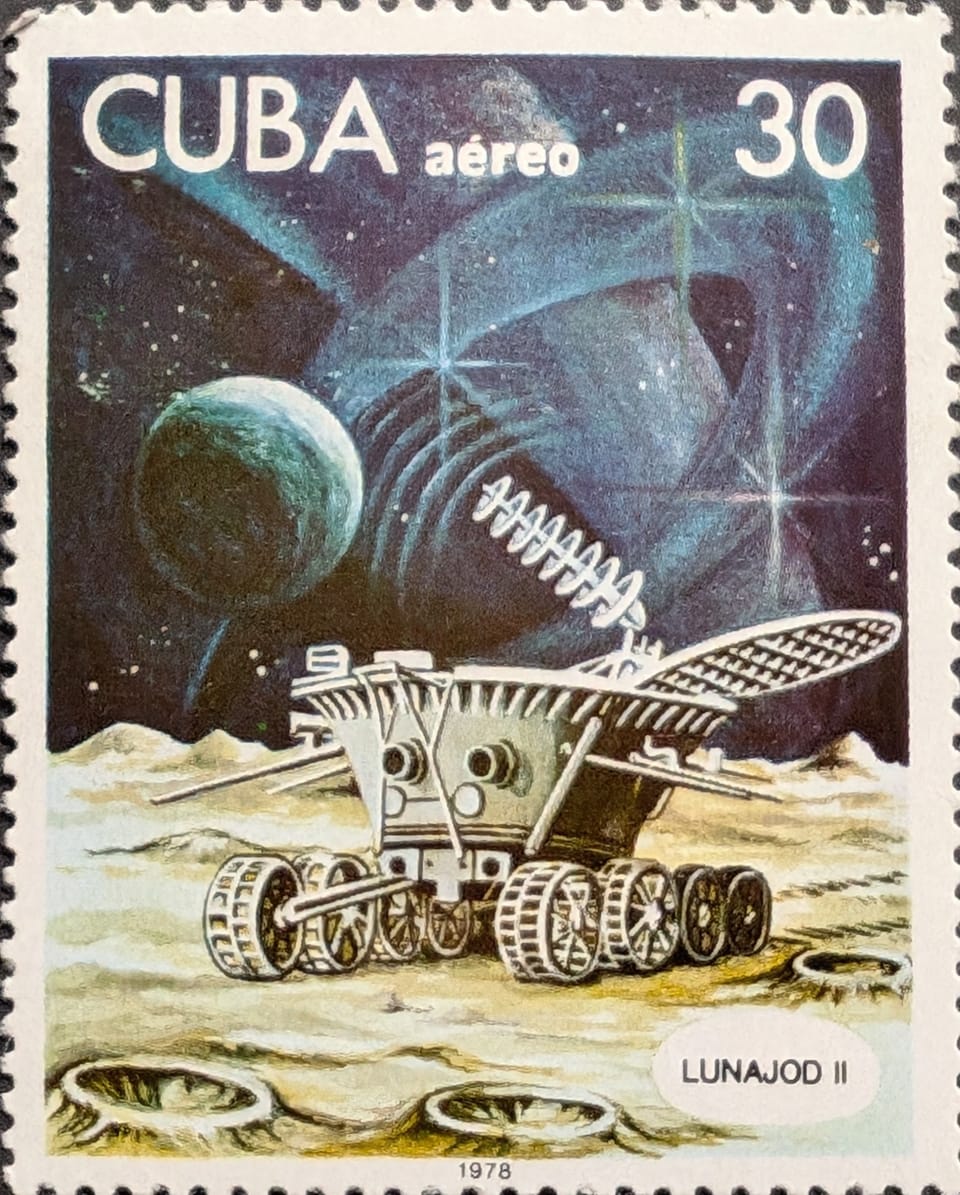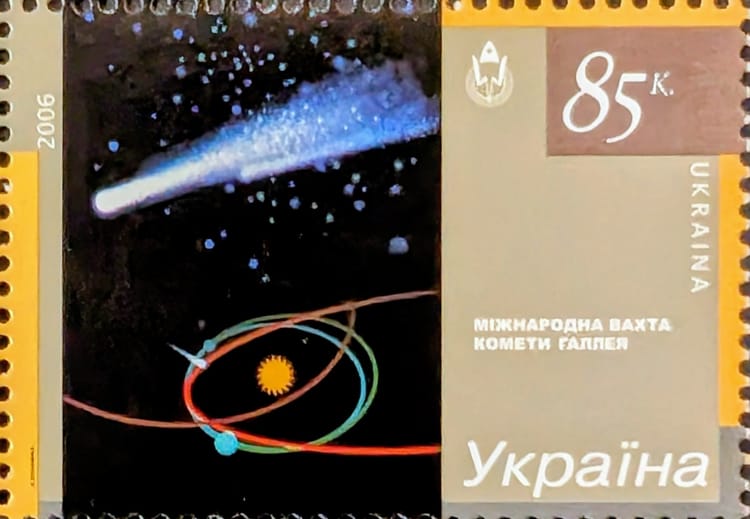Futureproofing not Included: Ariane 6

With the first flight of the Ariane 6, Europe has a real rocket again (instead of a ghost rocket). Unlike ULA’s Vulcan, Ariane 6 doesn’t rely on a competitor with no orbital-capable engine experience to build its engines, indicating a higher likelihood of Arianespace conducting more launches soon. Whether it can launch Ariane 6 as often as it says it can (and as contracts indicate it must) remains an unknown.

A year ago, in July 2023, I analyzed the challenges Amazon’s Kuiper faced in getting its satellite constellation deployed. The major challenge was that, at the time, none of the launch companies Amazon had contracted with, including Arianespace, had yet to launch their new rockets. Those new rockets are critical to Amazon’s satellite deployment plans. More importantly…they aren’t rockets belonging to SpaceX.
At the time, I guessed that even if the Ariane 6 started launching in “early 2024,” Arianespace wouldn’t be able to launch it often enough to come close to meeting Kuiper’s deadline of July 2026, granted by the Federal Communications Commission.
Launches are Happening
Things have changed a little since that 2023 article. Kuiper has contracted a few launches using SpaceX’s Falcon 9. ULA launched Vulcan once. And Arianespace has launched the Ariane 6–finally! The next Ariane 6 launch is supposed to occur later in 2024, according to this SpaceNews interview with the European Space Agency’s Toni Tolker-Nielsen:
“...the first commercial flight is scheduled by the end of the year. Then we’ll have six flights in 2025 and eight flights in 2026. In 2027, there will be 10 flights because we have numerous payloads waiting. Otherwise, we’re aiming for a steady state of nine flights per year in 2028 and 2029.”
Tolker-Nielsen’s use of the term “first commercial flight” is slightly confusing. The satellite on that launch is a French military Earth observation satellite, so Ariane 6 is launching a military payload. Perhaps he’s referring to the fact that it’s the first time Ariane 6 is launched for an actual customer. Still, his (much appreciated) estimates for Ariane 6 launches seem more realistic than the company’s marketing from the past. Based on that paragraph, the rocket’s launch cadence for the next few years looks like so:

Considering that the Ariane 5’s average launch cadence was fewer than four launches annually during its last five years of operations, Ariane 6’s first few years seem optimistic but possible. Another question is whether Arianespace can keep up a yearly cadence of nine Ariane 6 launches or more. Arianespace might, since it averaged nine launches per year from Kourou from 2018 through 2023 using Ariane 5, Soyuz, and Vega.
Tolker-Nielsen also noted that conducting Arianespace’s 18 Kuipersat launches will be challenging. Again, there’s a ring of truth there. Kuipersat launches require a beefier version (Tolker-Nielsen refers to it as Block Two–probably Ariane 64) of the Ariane 6 launched mid-July 2024. Arianespace’s deployment of Kuipersats depends on its testing and deployment of Block Two. The other reason underscoring his statement is that his 2024, 2025, and 2026 launch estimates don’t appear to include the Kuipersat launches.
Based on those estimates, Arianespace is unlikely to deploy Kuipersats in numbers meaningful enough to help Amazon meet the FCC’s deadline. However, the FCC will probably be flexible with that deadline, giving Amazon a mulligan or two to deploy half of its constellation.
With such a full manifest for a company with a history of performance of an average of 3.5 Ariane 5 launches annually, Tolker-Nielsen’s Ariane 6 launch estimates show there’s little room for prospective new customers. It’s unlikely they will have access to the Ariane 6 anytime through 2027 (aside from using the company’s MLS rideshare service).
Competitors
In the meantime, SpaceX appears to be able to add Falcon 9 launches at will (at least until its second stage challenge). Such accessibility will prove attractive to customers who would have otherwise chosen Arianespace but can’t because the company doesn’t have the rockets to do so.
Heck, the Falcon 9 has proven attractive for Arianespace’s existing customers, with a few hopping over to SpaceX to launch their satellites on time, such as Galileo, Kuiper, and EUMETSAT. Arianespace has to staunch its bleeding of customers and attract new ones, all while fulfilling current launch obligations. Ariane 6 might help Arianespace with the first task, but it probably won’t with the second–especially for commercial purposes.
A reasonable person might assume that ArianeGroup developed a rocket competitive with, at the very least, SpaceX’s Falcon 9. Whether the company acknowledges it or not, Ariane 6’s competitor is the Falcon 9, a rocket with a ten-year reliability record of 99.6%, a ten-year annual launch average of 27.3, and at a cost still less than the Ariane 6.
But ArianeGroup didn’t, not bothering to compete even for basic capabilities, such as competitive mass to orbit. Ariane 6 still requires subsidies to create an impression of competitiveness, even if the resulting cost to Ariane 6 customers is still higher than using a Falcon 9. It was also late.
It’s harder to sell ULA’s Vulcan as a competitor to Ariane 6. Despite Vulcan’s initial launch, the company won’t launch a second one until September 2024. It might conduct a third launch with a military satellite payload before the end of 2024. And fulfilling U.S. military launches is why Vulcan exists (despite the Kuiper contract).
The U.S. military desperately wants a hedge against relying on SpaceX (with the Falcon 9's second stage-driven hiatus demonstrating why), and ULA’s Vulcan is the only realistic, if weak, alternative. The weak link is that ULA’s launches are dictated by how quickly Blue Origin can provide the Vulcan’s engines. The current Blue Origin engine production rate for Vulcan appears to be “dribs and drabs.”
The pure brazenness of ArianeGroup’s development of a non-competitive orbital launch system and its ability to push through acceptance of such a system to ESA must be admired. And ESA, in its desperation for European Space Sovereignty, will patronize Arianespace and push other European government agencies to do so. For example, IRIS 2, Europe’s planned government broadband constellation, will likely keep Ariane 6 busy.
But, other than those customers, it may be that, like China’s space launch industry, very few external and commercial customers (perhaps some Starlink competitors) will use Europe’s launch system because it still costs too much. China is in no danger of being eclipsed by Europe’s space launch industry.
The Only Winning Move is Not to Play?
The strangeness of these latest activities is that the Falcon 9 is now the oldest rocket of the current batch of rockets. Ariane 6, H3, and Vulcan are newer than the Falcon 9. And yet, none bring anything new to the industry besides their newness. So, while things have changed in the launch industry, innovation certainly hasn’t appeared among the changes. Capturing more customers doesn’t appear to have even been considered.
Despite being new, those rockets are still more costly than the Falcon 9. They aren’t reusable, which is probably why the Falcon 9 will outlast them operationally (unless Starship successfully launches). It’s doubtful they will launch as often. They don’t appear to address any other customer pain points aside from the ones their older predecessors did, which would have helped them against the Falcon 9.
The Falcon 9 initially addressed one customer pain point–high launch costs (even if what SpaceX charges is much higher than what it costs the company to launch a Falcon 9). It has since addressed other customer pain points, accessibility and availability–largely because of its reusability.
Those other rockets will not approach Falcon 9’s annual launch capacity, and the companies launching them seem incapable of imagining some way to encourage growth in the launch market. It’s not like they are ignorant of these weaknesses, and yet they still choose not to play in the potential wider market, to not be competitive.
ESA and Arianespace appear to compensate for this lack of competitiveness by attempting to shame any European organization considering launching with the competition. They are doing this with EUMETSAT. To be fair, there’s no other rationale they can use to justify using the Ariane 6–after all, it’s unproven and more expensive to launch. Everyone knows that bullying potential customers to use one’s products will generate nothing but goodwill from those customers toward that company. Just ask the cable companies. European autonomy at the cost of pushing European customers away?
ESA needs rockets for its various programs, and it will use Ariane 6 to launch them. It needs Ariane 6 to demonstrate European Space Sovereignty and to show that, above all, Europeans can cooperate to build an orbital-capable rocket. However, ESA is making the same mistake that NASA and the U.S. Department of Defense made–believing they are the market creators.
This belief puts them in the position of “picking winners.” Since they use taxpayer funds to acquire rockets, the winners are reliable (the same company), methodical (slow), conservative (risk-averse), and proven (uninspired)--with a little bit of greed and entitlement thrown in. Look no further than the Ariane 6 (or Vulcan) for proof. That’s not creating a market–it’s enshrining a monopoly.
There’s nothing wrong with Ariane 6–it will probably work fine (with better prospects than Vulcan). The European Union and ESA will support it because they ensured there was no alternative. However, Ariane 6 is built out of political compromises with no thought towards the future. To be fair, while it’s not a competitive alternative to the Falcon 9, it is still an alternative.
Despite the institutional squatting of European rocket development, that might change. One of the more hopeful paragraphs in the interview with Tolker-Nielsen was right at the end:
“I don’t think at least for now that ESA is planning to make the choice of its own developed launcher. For Ariane 6, we own almost everything, such as the vehicle launch system, the manufacturing facilities, the launcher definition, the launchpad, etc. In the future, it will be totally different; the launcher will be privately developed. We’ll just buy services, like the Commercial Orbital Transportation Services program in the U.S. NASA is doing both. We won’t develop a European SLS.”
We’ll see…
If you liked this analysis (or any others from Ill-Defined Space), I appreciate any donations (I like taking my family out every now and then). For the subscribers who have donated—THANK YOU from me and my family!!




Comments ()